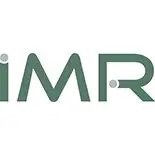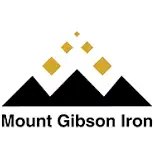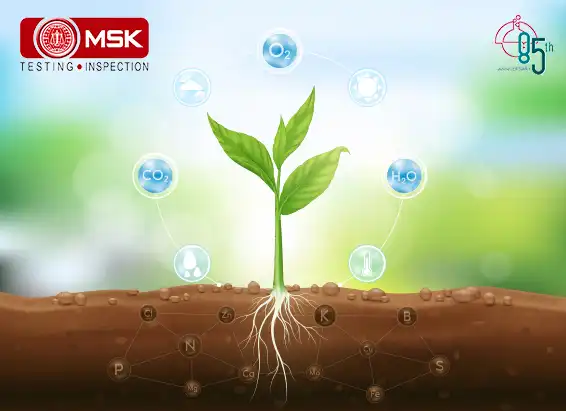
Abstract:
Loss of nutrient from conventional fertilizers is one of the challenges being faced in the agricultural sector. Nano fertilizers are promising candidates for the fertilizer industry with a huge potential to improve nutrient retention for optimal growth. The present study deals in the application of a slow releasing nanocomposite fertilizer with a high potential to sustain crop production. The present study deals with two aspects; Water Holding Capacity (WPC) and release patterns of nutrients such as N, P and K upto 25 days. The study showed in both the aspects nano-fertiliser was found to be superior to that of conventional chemical fertilizer.
Keyword: Nano-fertiliser, WHC, nutrients
Introduction:
Currently, conventional fertilizers used in agriculture to enhance the crops production are a common trade worldwide. However, the large-scale use of commercial fertilizers decreases the efficiency of utilizing the soil nutrients. The extended presence of commercial fertilizer pollutes both underground and surface water causing nitrate contamination and eutrophication. The toxic chemicals that are being released from fertilizers by water runoff eventually reach water bodies such as oceans, river, ponds and that causes severe damage to the ecosystem. The use of conventional fertilizer creates huge wastes that directly or indirectly cause various health concerns and has negative impacts on economy. It’s a great challenge to produce sufficient crops with these limited lands for the overpopulated world without damaging soil nutrients.
During the last decades, nanotechnology created an industrial revolution due to the unique properties of nanomaterial. Their noble characteristics were well utilized in the controlled delivery of nutrients. Furthermore, it was reported that nanomaterials were used for holding plants essential nutrients for a long time. Nanofertilizer refers to nano-sized fertilizer that contains nanoparticles and encapsulation of nutrients, and can systematically release micro and macronutrients to target specific sites in plants.
WHY NANO FERTILIZER :
The unique properties of nanoparticles, that make them a potential plant growth enhancer are as follows:
This approach improves nutritional management, i.e., increasing the nutrient-use efficiency and decreasing nutrient leaching into groundwater.
Nano-fertilizers are specifically designed to release active ingredients in response to biological demands and environmental stress.
Nano'fertilizers absorb through root and mover upward, due to its small size, they absorb easily. If we apply the fertilizer on leaves also, it absorb easily. Nanoparticles of these improve soil quality, water holding capacity.
Fertilizers Release Mechanism
The release of nutrients from the fertilizer core takes place in three stages: (1) Lag phase, (2) Constant releases and (3) Decay period.
During the first stage of the lag period, fertilizer granules are in contact with water, and water penetrates through the outer core of granules and starts dissolving a fraction of fertilizer. The main driving force to happen this process is the vapor pressure gradient and which controls the release of nutrients in this phase. The lag phase is achieved by getting a steady-state condition between water and released nutrients or filling interval voids with water.
In the second stage of constant release, water starts penetrating inside the granule and establishes equilibrium between water and fertilizer solute. NFs coatings are directly affected by the surrounding environment, which could damage the coating and develop cracks. Polymer coatings are resistant to developing cracks where water enters through the microscopic pores in the coating. The nutrient releasing pattern is significantly affected by soil pH, temperature, soil moisture, salinity, and microbial activity. During the constant release, environmental parameters like moisture and temperature are critical because they could damage the coating layer, and that may cause the failure of fertilizer. The pressure gradient should be balanced across the coating, which may avoid rupture of the coating.
In the decay phase, diffusion of fertilizer happens, and the internal core starts dissolving continuously with a flux of water into the granule. The complete diffusion of fertilizer granules will leave the microcapsule of the granule, which is made from polymers. Not all polymers are biodegradable in the environment, and non-biodegradable polymers stay in the soil. This microcapsule can cause micro plastic pollution, which is explained in “Impact of micro plastics in agricultural soil” section. The release mechanism is explained by the schematic diagram in Figure A.
The release of nutrients follows a sigmoidal pattern for nutrients that match the plant requirement and is described in Figure B
Nutrient Release Mechanism of Nano Fertilizer
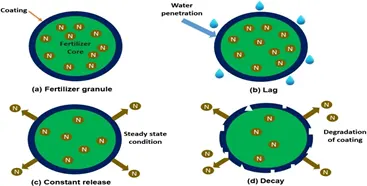
Figure A : Release of nutrients. A. Fertilizer granules with a coating. B. Water penetration during lag stage. C. Establishing steady-state condition and constant release of nutrients with pressure gradient. D. Degradation of coating and decay stage.
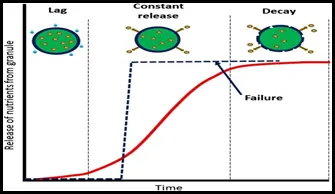
Figure B: Sigmoidal graph of the release of nutrients in thre e stages (Lag phase, Constant release, and Decay period.)
The mechanism is described using a sigmoidal, S-shaped curve (Figure B). If the internal pressure increases too rapidly in the lag phase, it may lead to a burst release of the nutrients, which is explained as a failure (dotted line); however, if the internal pressure increases linearly with time, then the nutrient molecules adsorbed in the pores will facilitate the slow-release mechanism depicted as the red sigmoidal curve.
The prolonged release of nutrients from the source to the plants will promote growth, maintaining soil health.
Materials & Results
Chemicals and Reagents
All the chemicals used in the experiment are of analytical grade and used without further purification.
Sample Preparations
Soil samples are dried at in tray. The dried soil is ground in a mechanical mortar and pestle and passed through a 425micron mesh.
Water holding capacity (WHC)
water holding capacity (WHC) value was calculated to with the intension study the water holding capacity of Nano fertilizer mixed soil. Soil and fertilizer mixed soil. It was observed that the WHC capacity of Nano fertilizer mixed soil was 78.8, 73.5, and 59.8% on the day of 1st, 2nd and 3rd, respectively, whereas, the value was 63.2, 57.9, and 44.1% for commercial fertilizer mixed soil on the same days interval. The higher WHC rate for Nano fertilizer mixed soil presents its higher water holding capacity and that is essential for saving water to improve the plant's health.
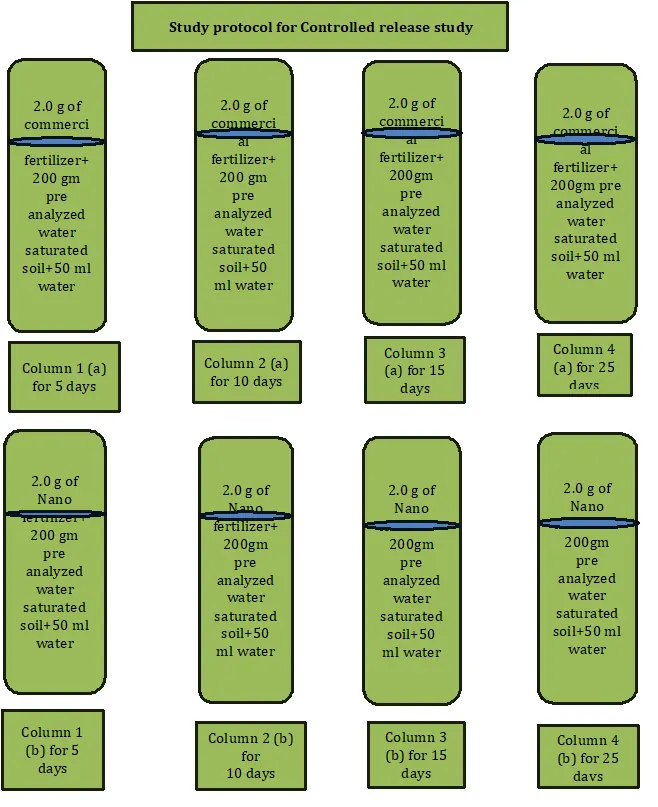
Water holding capacity (WHC)
water holding capacity (WHC) value was calculated to with the intension study the water holding capacity of Nano fertilizer mixed soil. Soil and fertilizer mixed soil. It was observed that the WHC capacity of Nano fertilizer mixed soil was 78.8, 73.5, and 59.8% on the day of 1st, 2nd and 3rd, respectively, whereas, the value was 63.2, 57.9, and 44.1% for commercial fertilizer mixed soil on the same days interval. The higher WHC rate for Nano fertilizer mixed soil presents its higher water holding capacity and that is essential for saving water to improve the plant's health.
|
DAYS |
water holding capacity (WHC) of (Soil+ commercial fertilizer) (%) |
water holding capacity (WHC)of (Soil + Nano fertilizer) (%) |
|
1 |
63.2 |
78.8 |
|
2 |
57.9 |
73.5 |
|
3 |
44.1 |
59.8 |
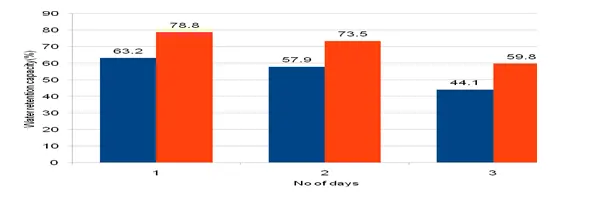
Water retention (WR) of (Soil+commercial fertilizer)(%)
Water retention (WR) of ( Soil +Nano fertilizer) (%)


Release of nutrients:
Slow-release study of chemical properties of soil with and both type of fertilizers was conducted, observe the release pattern of specific nutrients from the prepared fertilizer. The table summarizes 25 days of nutrient release studies in soil after the addition of Nano fertilizer and commercial fertilizer. The observed trend of nutrients release from 1-25 days indicates continuous nutrient supply to plants and that prevents leaching losses. On the contrary reported high leaching losses with traditional fertilizer.
Conclusion:
Nano fertilizers offer a promising solution for improving agricultural productivity and sustainability, but their potential benefits and drawbacks must be carefully evaluated. As we move towards a more sustainable and environmentally conscious future, nano fertilizers may play an important role in improving global food security and promoting sustainable agriculture practices. The slow release of nutrients facilitates the growth of a healthy plant by early seed sprouting and germination.
Contributed by: Tanudip Dey, Amartya Gupta


Chief Operation, FAMD, Tata Steel Limited..


Sr. General Manager,, Emirates Trading Agency L.L.C..


Mines Manager, Hindustan Zinc Limited, a Vedanta Company.


General Manager, Stevin Rock L.L.C..


Executive Vice President (Works),, DCW Limited.


AVP – Coal Quality & Sales Compliance Head,, PT Indo Tambangraya Megah Tbk (BANPU).

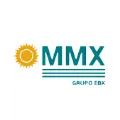
Laboratory Head, MMX.

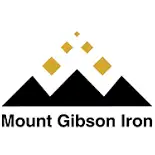
Shipping Administrator, Mount Gibson Iron Limited.


Senior Director – Asia Pacific Iron Ore Sales,, Cliffs Natural Resources Pty Ltd..

Posted on April 30 2024 By Mitra S.K ADMIN
Read More
Posted on April 29 2024 By Mitra S.K ADMIN
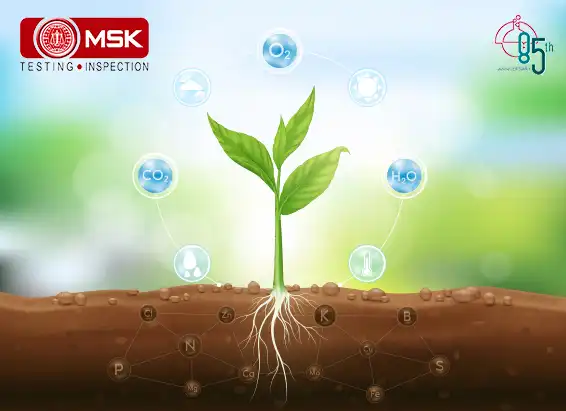
Posted on December 30 2023 By Mitra S.K ADMIN
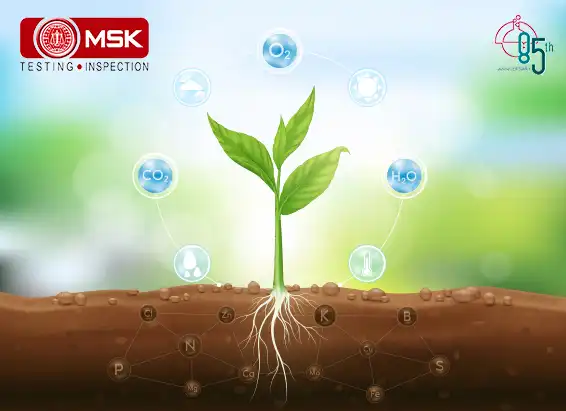
Posted on December 30 2023 By Mitra S.K ADMIN
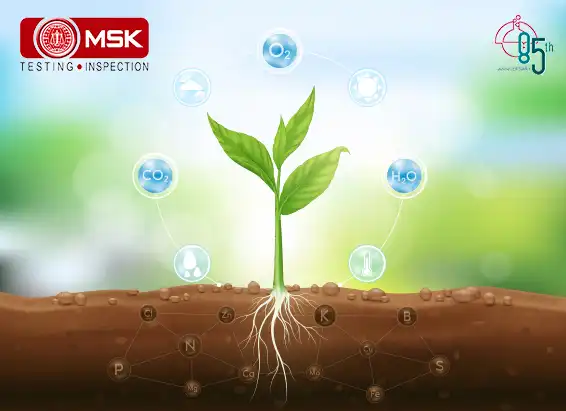
Posted on December 30 2023 By Mitra S.K ADMIN
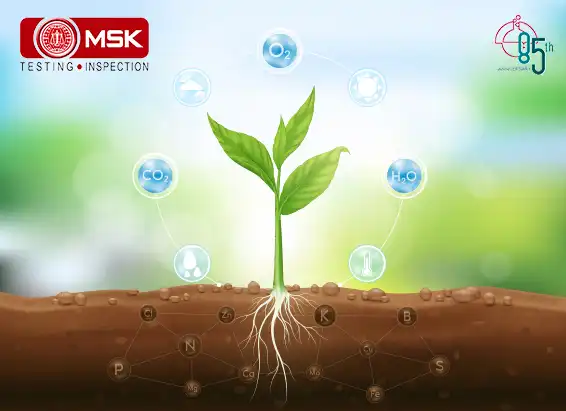
Posted on December 27 2023 By Mitra S.K ADMIN
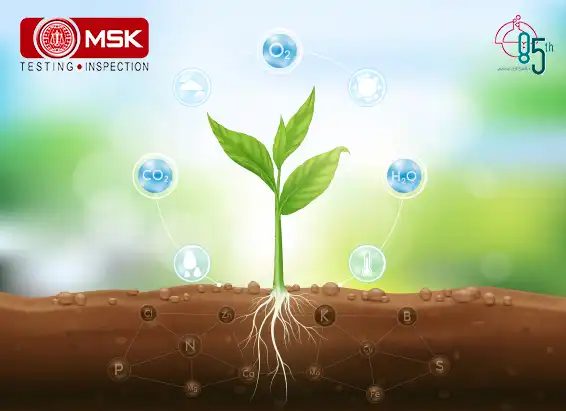
Posted on December 27 2023 By Mitra S.K ADMIN
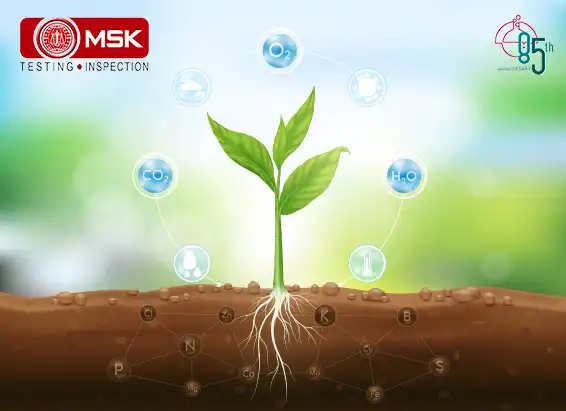
Posted on December 27 2023 By Mitra S.K ADMIN
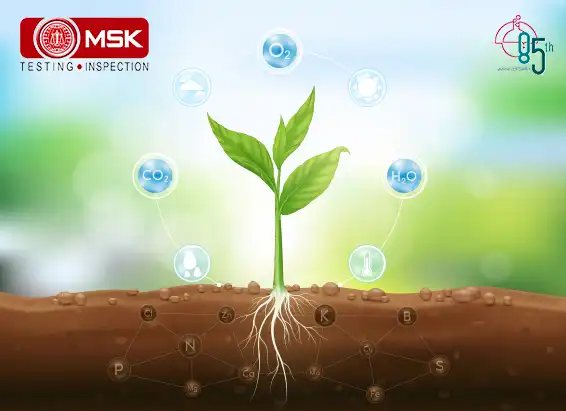
Posted on December 27 2023 By Mitra S.K ADMIN
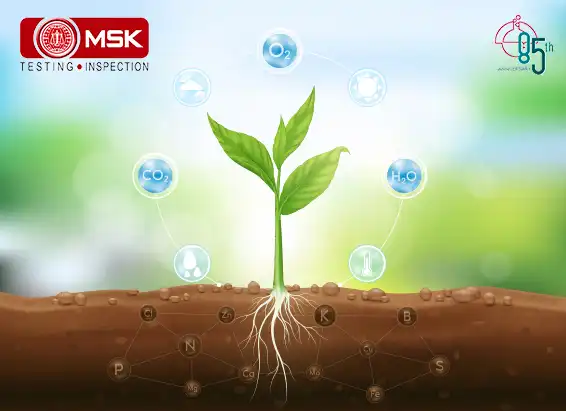
Posted on December 27 2023 By Mitra S.K ADMIN
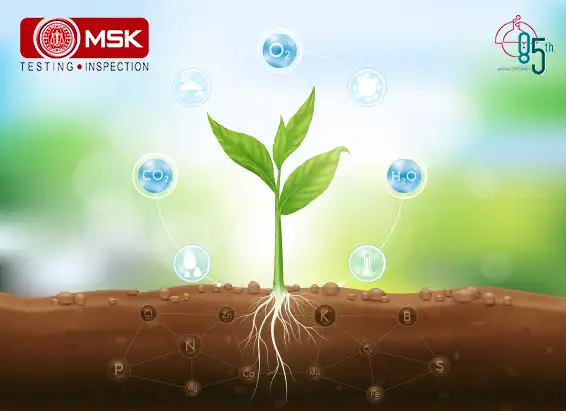
Posted on December 27 2023 By Mitra S.K ADMIN

Posted on December 27 2023 By Mitra S.K ADMIN
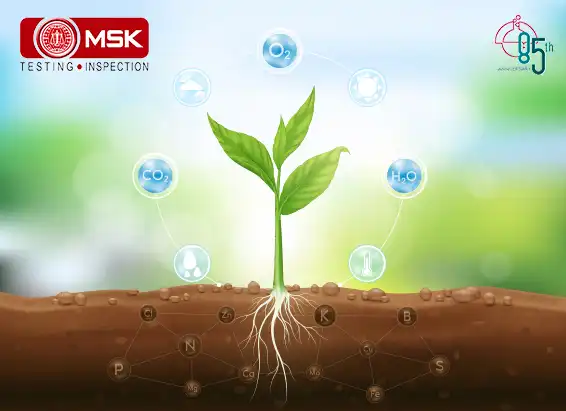
Posted on December 26 2023 By Mitra S.K ADMIN
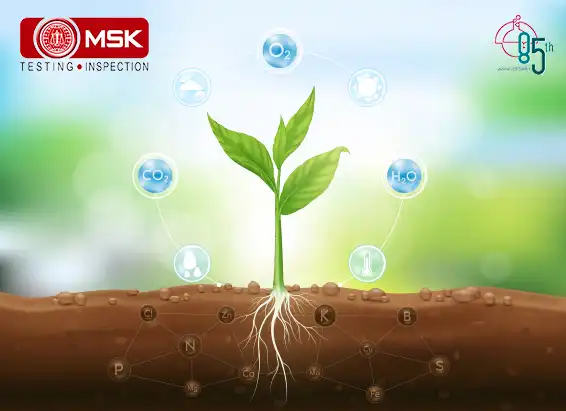
Posted on December 09 2022 By Mitra S.K ADMIN
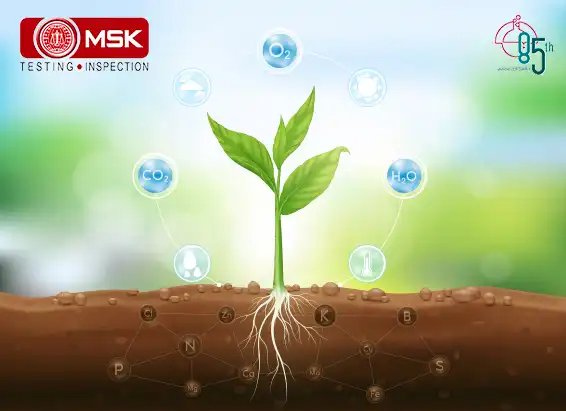
Posted on December 02 2022 By Mitra S.K ADMIN
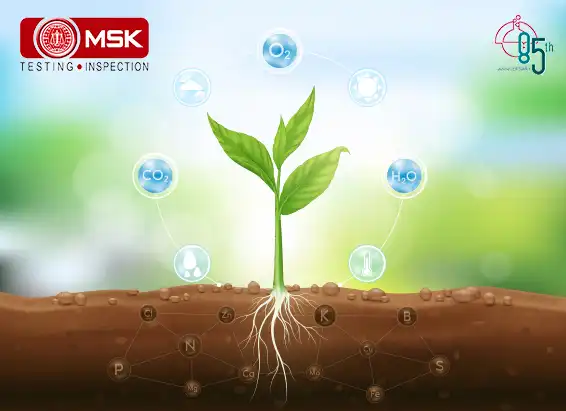
Posted on December 02 2022 By Mitra S.K ADMIN
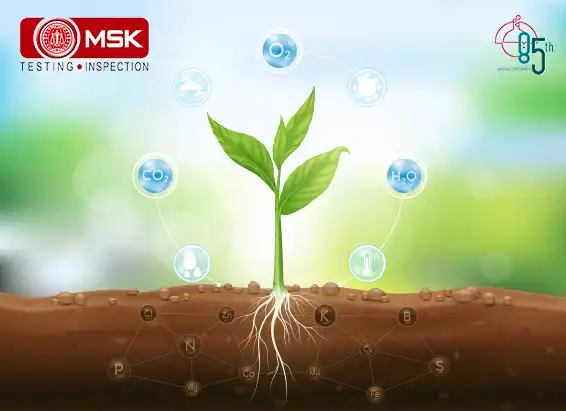
Posted on December 02 2022 By Mitra S.K ADMIN

Posted on December 02 2022 By Mitra S.K ADMIN
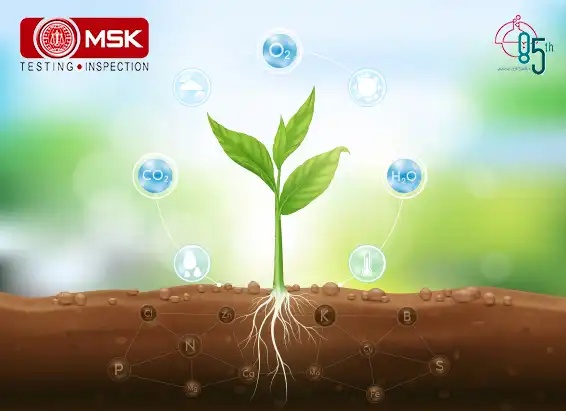
Posted on December 02 2022 By Mitra S.K ADMIN
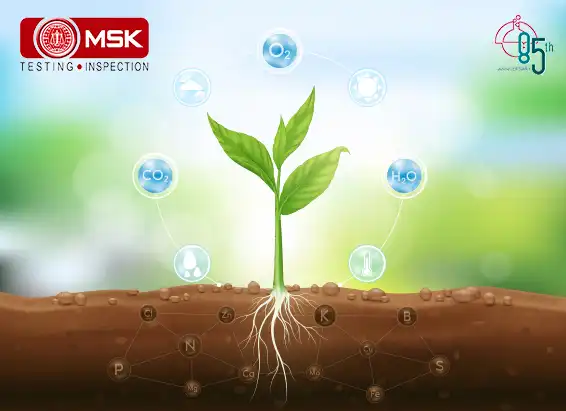
Posted on December 02 2022 By Mitra S.K ADMIN
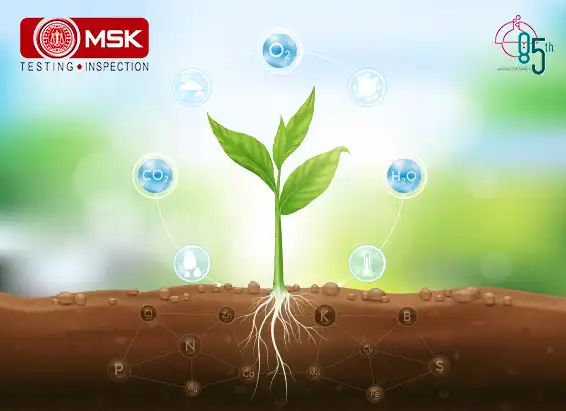
Posted on December 02 2022 By Mitra S.K ADMIN
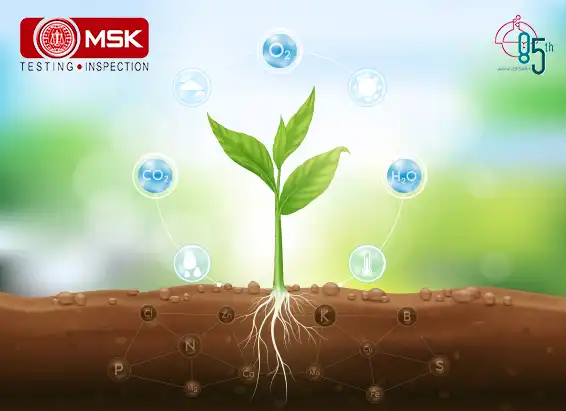
Posted on December 02 2022 By Mitra S.K ADMIN
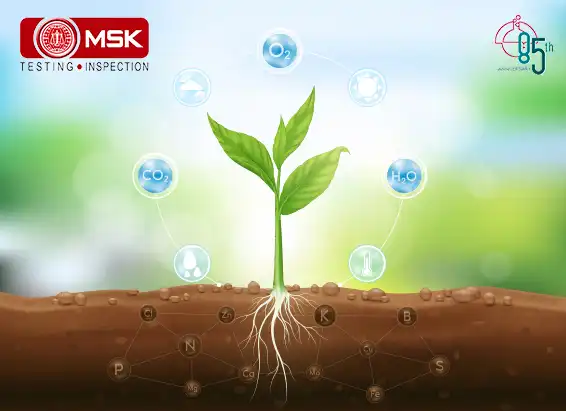
Posted on December 01 2022 By Mitra S.K ADMIN
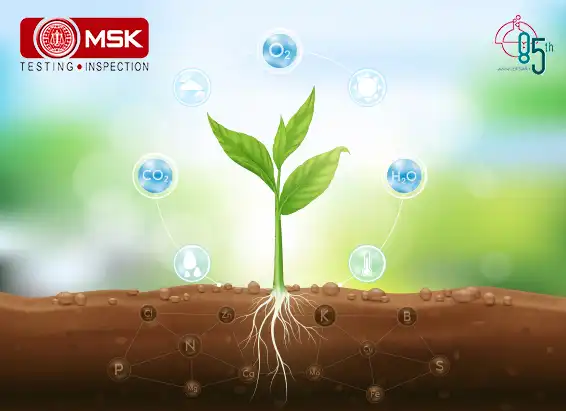
Posted on December 01 2022 By Mitra S.K ADMIN
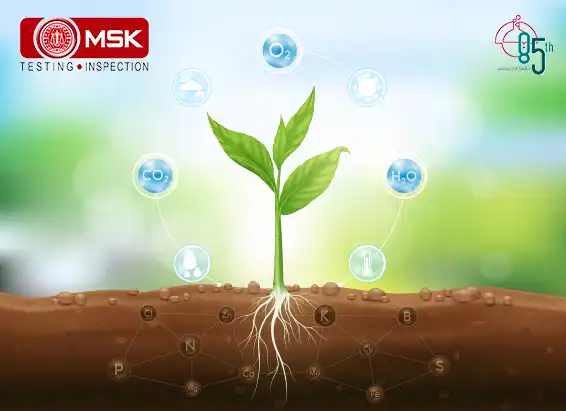
Posted on December 01 2022 By Mitra S.K ADMIN
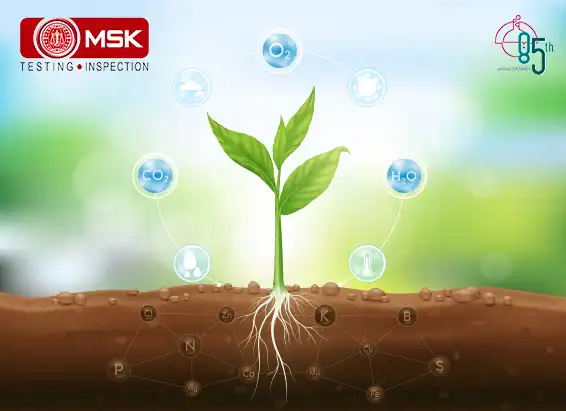
Posted on December 01 2022 By Mitra S.K ADMIN
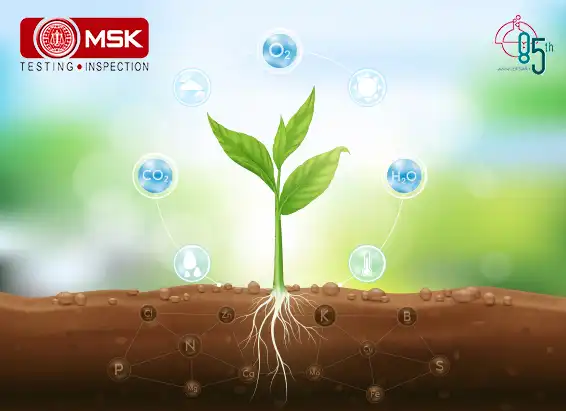
Posted on November 30 2022 By Mitra S.K ADMIN
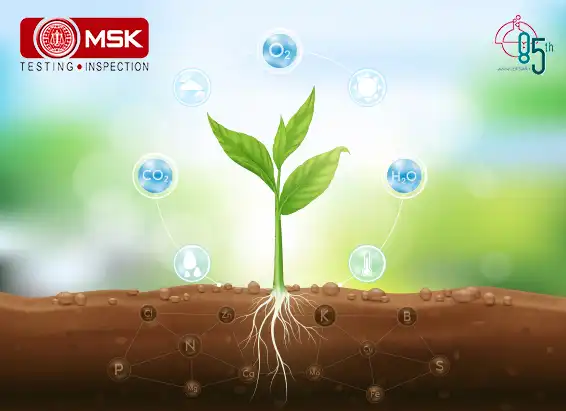
Posted on November 30 2022 By Mitra S.K ADMIN
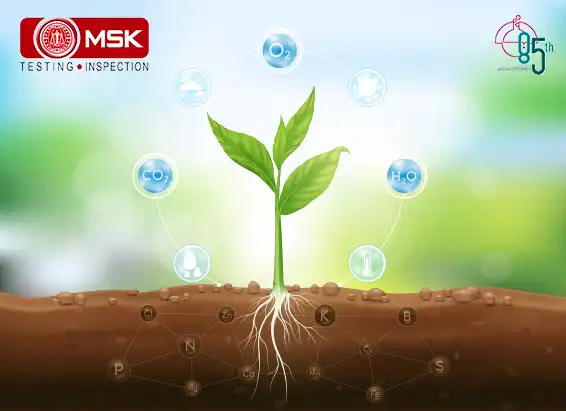
Posted on November 30 2022 By Mitra S.K ADMIN
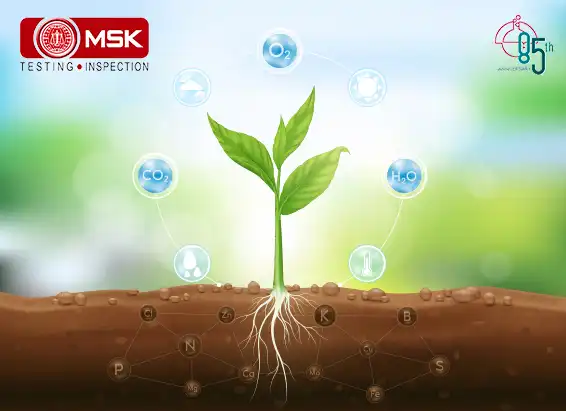
Posted on November 30 2022 By Mitra S.K ADMIN
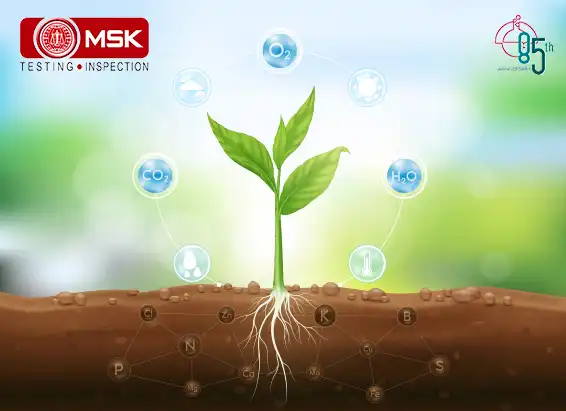
Posted on November 30 2022 By Mitra S.K ADMIN
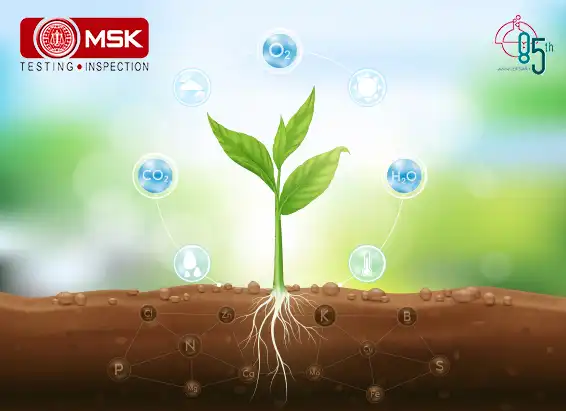
Posted on September 27 2022 By Mitra S.K ADMIN

